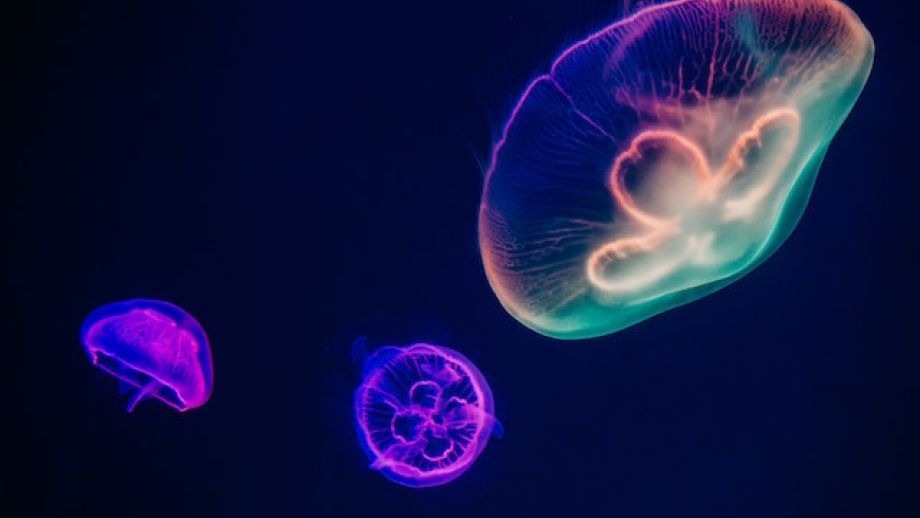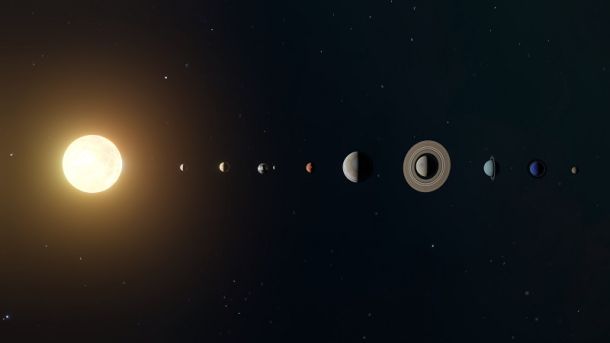The depth of Earth‘s oceans is an astonishing and often humbling aspect of our planet’s geography. These vast expanses of water encompass a staggering range of depths, from the relatively shallow continental shelves to the abyssal plains and the darkest recesses of the deep-sea trenches.
On average, the oceans have a depth of approximately 3,800 meters (12,467 feet), with the Pacific Ocean typically being the deepest among them. However, it’s in the Mariana Trench, specifically at the Challenger Deep, where we find the most profound point on Earth, reaching an astounding depth of 10,929 meters (35,856 feet).
The ocean can be divided into several layers based on different factors such as temperature, depth, and light penetration. These layers, from the surface to the deepest parts of the ocean, include:
Table of Contents
Epipelagic Zone (Sunlight Zone)
The Epipelagic Zone, often referred to as the Sunlight Zone, is the uppermost layer of the ocean, extending from the surface down to a depth of about 200 meters (656 feet). This is the most well-lit and familiar region of the ocean, where sunlight penetrates sufficiently to support photosynthesis. It’s a dynamic and biologically rich environment that plays a vital role in the planet’s ecosystem. The abundance of sunlight fuels the growth of phytoplankton, microscopic marine plants that form the base of the ocean food chain. These phytoplankton are not only responsible for producing oxygen through photosynthesis but also serve as a primary food source for zooplankton, which in turn become prey for a wide array of marine life, including small fish, squid, and filter-feeding animals like krill.
The Epipelagic Zone is where a significant portion of the world’s commercial fisheries operate, as it supports an abundance of economically valuable species. This layer is also teeming with larger marine creatures, from dolphins and sharks to seabirds and marine mammals, all of which are drawn here by the abundance of prey. Despite being the most accessible part of the ocean, the Epipelagic Zone remains a realm of exploration and discovery, with ongoing research uncovering new species and shedding light on the intricacies of the ocean’s delicate balance. However, it’s also one of the most vulnerable areas to human impacts, such as overfishing and pollution, underscoring the importance of its conservation for the health of marine ecosystems worldwide.

Mesopelagic Zone (Twilight Zone)
The Mesopelagic Zone, often referred to as the Twilight Zone, represents a mysterious and dimly lit realm of the ocean, extending from around 200 meters (656 feet) down to approximately 1,000 meters (3,280 feet) below the surface. As its name suggests, this zone is characterized by subdued, filtered sunlight that creates an eerie, blue twilight ambiance. Here, the sun’s rays penetrate to only a limited extent, leading to a decrease in temperature and a shift in the composition of marine life. The Mesopelagic Zone is home to an intriguing array of creatures that have adapted to the unique conditions of low light. Many species in this zone have developed specialized bioluminescent features, allowing them to produce their own light. This adaptation serves various purposes, from attracting prey to confusing predators.
The Twilight Zone is a critical part of the ocean ecosystem, as it represents the transition zone between the well-lit surface waters and the deeper, darker layers. It plays a crucial role in carbon cycling, as some of the carbon-rich detritus from the surface sinks down into this zone, where it’s consumed and broken down by organisms. These organisms, in turn, become part of the marine food web. The Mesopelagic Zone is also a crucial habitat for a variety of commercially important species, such as lanternfish, which serve as a primary food source for larger predators like tuna and dolphins. Despite its relative obscurity, ongoing scientific exploration is gradually uncovering the secrets of the Twilight Zone and its ecological significance, emphasizing the need for its protection and conservation.
Bathypelagic Zone (Midnight Zone)
The Bathypelagic Zone, also known as the Midnight Zone, represents one of the most enigmatic and extreme regions of the ocean, extending from around 1,000 meters (3,280 feet) down to approximately 4,000 meters (13,123 feet) below the ocean’s surface. This zone is characterized by near-total darkness, icy cold temperatures, and intense pressure, making it a challenging environment for both life and exploration. The Bathypelagic Zone is home to a wide range of fascinating and often otherworldly creatures that have adapted to these extreme conditions. Many of these organisms have developed specialized adaptations, such as bioluminescence, to navigate the darkness and attract prey. In this zone, you’ll find an array of deep-sea fish, bizarre invertebrates like giant squid, and organisms that defy imagination.
Despite its inhospitable nature, the Midnight Zone is an essential part of the ocean ecosystem. It plays a vital role in regulating the planet’s climate by acting as a carbon sink, as organic matter from shallower waters sinks down into this zone, sequestering carbon from the atmosphere. This layer is also an important area for scientific research and discovery, as exploration of the deep sea has led to the identification of numerous new species and expanded our understanding of life’s ability to adapt to extreme conditions. As technology continues to advance, our knowledge of the Bathypelagic Zone grows, revealing more about the mysteries hidden beneath the ocean’s surface and the incredible resilience of life in the deep sea.

Abyssopelagic Zone (Abyssal Zone)
The Abyssopelagic Zone, often referred to as the Abyssal Zone, is a remote and unforgiving region of the ocean, extending from approximately 4,000 meters (13,123 feet) down to about 6,000 meters (19,685 feet) below the surface. It is a place of perpetual darkness, where temperatures hover just above freezing, and pressures reach staggering levels. This zone represents one of the most extreme environments on Earth, characterized by an absence of sunlight, bone-chilling cold, and crushing pressure. Life here has evolved unique adaptations to survive in these harsh conditions. Remarkably, despite the extreme challenges, the Abyssal Zone is not devoid of life. It is inhabited by a variety of resilient and often peculiar organisms, including deep-sea fish, amphipods, and giant tube worms that thrive around hydrothermal vents, where hot, mineral-rich water emerges from the seafloor.
One of the most intriguing aspects of the Abyssal Zone is its role in the global carbon cycle. Organic material, such as dead organisms and sinking detritus from shallower waters, gradually settles to the ocean floor in this zone. Here, it can be buried and stored for centuries, sequestering vast amounts of carbon and helping to regulate the Earth’s climate. The Abyssal Zone remains a realm of ongoing scientific discovery, as deep-sea submersibles and remotely operated vehicles enable researchers to explore its depths and document the extraordinary life forms that call it home. The study of this zone not only deepens our understanding of the ocean’s hidden mysteries but also offers insights into the remarkable adaptability of life on our planet.
Hadalpelagic Zone (Trenches and Abyssal Plains)
The Hadalpelagic Zone, known as the Trenches and Abyssal Plains, represents the deepest and most extreme part of the ocean, extending from about 6,000 meters (19,685 feet) down to the ocean floor, which can plunge to depths exceeding 10,000 meters (32,808 feet) in some places. This zone is characterized by intense pressure, extreme cold, and complete darkness, making it one of the most inhospitable environments on Earth. It’s predominantly defined by deep-sea trenches, the deepest parts of the ocean, and vast abyssal plains that stretch for thousands of kilometers. In these deep, remote regions, life has adapted to thrive in conditions that seem almost alien to us. The organisms that inhabit the Hadalpelagic Zone are specially adapted to withstand crushing pressures and to make use of any available organic material that sinks down from the surface.
One of the most remarkable features of this zone is the presence of hydrothermal vents, where superheated water rich in minerals spews from the seafloor. These vents create oases of life in an otherwise barren landscape, supporting unique communities of organisms that don’t rely on sunlight for energy but instead thrive on chemosynthesis, a process where bacteria convert chemicals in the vent fluids into energy. The organisms found in the Hadalpelagic Zone, including deep-sea creatures like giant amphipods, abyssal fish, and mysterious microorganisms, continue to captivate scientists and explorers alike. The exploration of this zone remains one of the most challenging frontiers in oceanography, pushing the boundaries of our understanding of life’s tenacity and adaptation in the most extreme environments on our planet.
Each of these ocean layers has its own unique characteristics and hosts a variety of life forms adapted to the specific conditions of their environment. Exploration of these zones has revealed a remarkable diversity of organisms and has contributed to our understanding of life on Earth.

















Leave a Reply